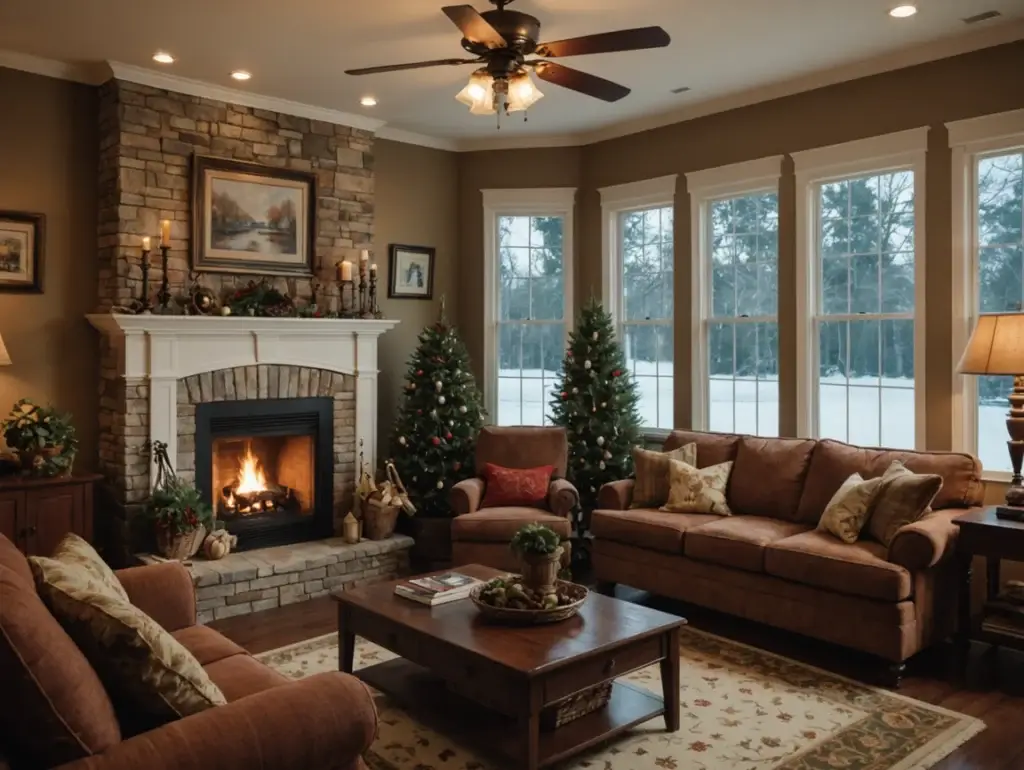[vc_row][vc_column][vc_column_text]As temperatures rise, finding the perfect setting for your air conditioning (AC) system becomes crucial for maintaining a comfortable indoor environment. However, determining the ideal temperature can be a subjective matter influenced by factors such as personal preference, energy efficiency goals, and environmental considerations. In this article, we’ll explore the factors to consider when setting your AC temperature to strike the right balance between comfort and efficiency.
Factors to Consider
Before adjusting your thermostat, it’s essential to consider several factors that can influence your decision:
- Comfort Preferences:
When it comes to interior temperature, everyone has different preferences for comfort. Factors such as age, health, and clothing can impact individual comfort levels. While some may prefer cooler temperatures for sleeping or working, others may find slightly warmer settings more comfortable.
- Energy Efficiency:
Setting your AC at a moderate temperature can help conserve energy and reduce utility bills. Every degree increase in temperature can lead to significant energy savings over time. Finding a balance between comfort and energy efficiency is key to optimizing your AC usage.
- Climate Conditions:
The climate in your region can influence the temperature setting of your AC. In hot and humid climates, lower temperatures may be necessary to maintain comfort, while in milder climates, higher settings may suffice.
- Indoor Air Quality:
Poor indoor air quality can impact health and comfort. Maintaining an appropriate temperature can help regulate humidity levels and prevent issues such as mold growth and discomfort caused by excessive moisture or dry air.
Recommended Temperature Settings
While individual preferences vary, the U.S. Department of Energy and Energy Star offer general guidelines for energy-efficient cooling:
During Summer:
Set your thermostat to 78°F (25.5°C) when you’re at home and adjusting it higher when you’re away. Use ceiling fans or portable fans to enhance comfort without lowering the thermostat setting.
At Night:
Consider raising the thermostat by a few degrees at night or using programmable thermostats to automatically adjust the temperature while you sleep. Many people find temperatures between 65°F and 72°F (18°C to 22°C) comfortable for sleeping.
When Away:
Raise the thermostat to 85°F (29.5°C) or turn off the AC altogether when you’re away for extended periods to save energy.
Personalizing Your Settings
While these recommendations provide a starting point, it’s essential to tailor your AC settings to suit your specific needs and circumstances:
Experiment:
Adjust the thermostat gradually to find the temperature that balances comfort and energy efficiency for you and your family.
Use Programmable Thermostats:
Programmable thermostats allow you to create customized cooling schedules based on your daily routines, helping optimize energy usage.
Consider Zoning Systems:
Zoning systems divide your home into separate areas with individual temperature controls, allowing you to customize temperatures based on occupancy and usage patterns.
Determining the ideal temperature for your AC involves a blend of personal preference, energy efficiency considerations, and environmental factors. By understanding these factors and utilizing energy-saving practices, you can create a comfortable indoor environment while minimizing energy consumption and utility costs. Remember, it’s essential to find a temperature that suits your needs and preferences while promoting energy efficiency and sustainability.
[/vc_column_text][/vc_column][/vc_row]



